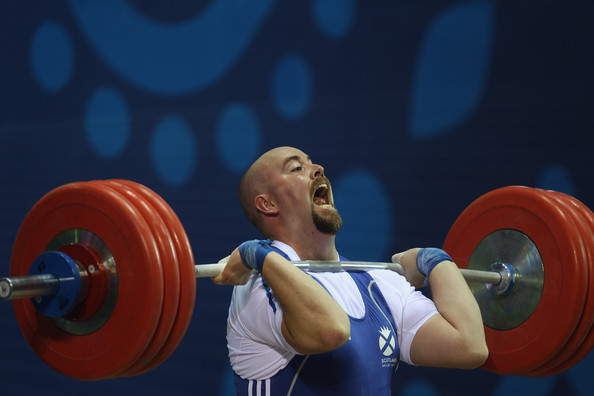
- Too little recovery, and you slowly grind yourself into an insidious, perpetual state of over-reaching. Push this condition too far and you’re facing full-blown over-training.
- Too much recovery, and you never introduce enough stimulus/stress to trigger physiological adaptation. You never get fitter, stronger and faster.
But even though hard working athletes understand the importance of recovery, the balance between recovery and training can be difficult to strike. Dr. Allen Lim, Team RadioShack's chief physiologist has said that the only difference between guys who win and the guys who merely survive is their innate sense of how much punishment their body can absorb before it overloads. The problem is that there are only a handful of such athletes in the world. What about the rest of us?
Without a way to consistently and easily monitor recovery levels, even the most thoughtful training plan can lead an athlete to overtrain. And the fitter you are - the more you have sharpened that "performance edge" - the more fragile you may be. Like thoroughbred racing horses, a race-ready endurance athlete is only a few hard training sessions away from disaster.
With this in mind, it is easy to see why developing a window into your body's ability to sustain, and recover from, heavy training can mean the difference between the podium and the parking lot.
Understanding recovery with precision is a problem that has plagued athletes for years. It is a problem which now has a solution.



